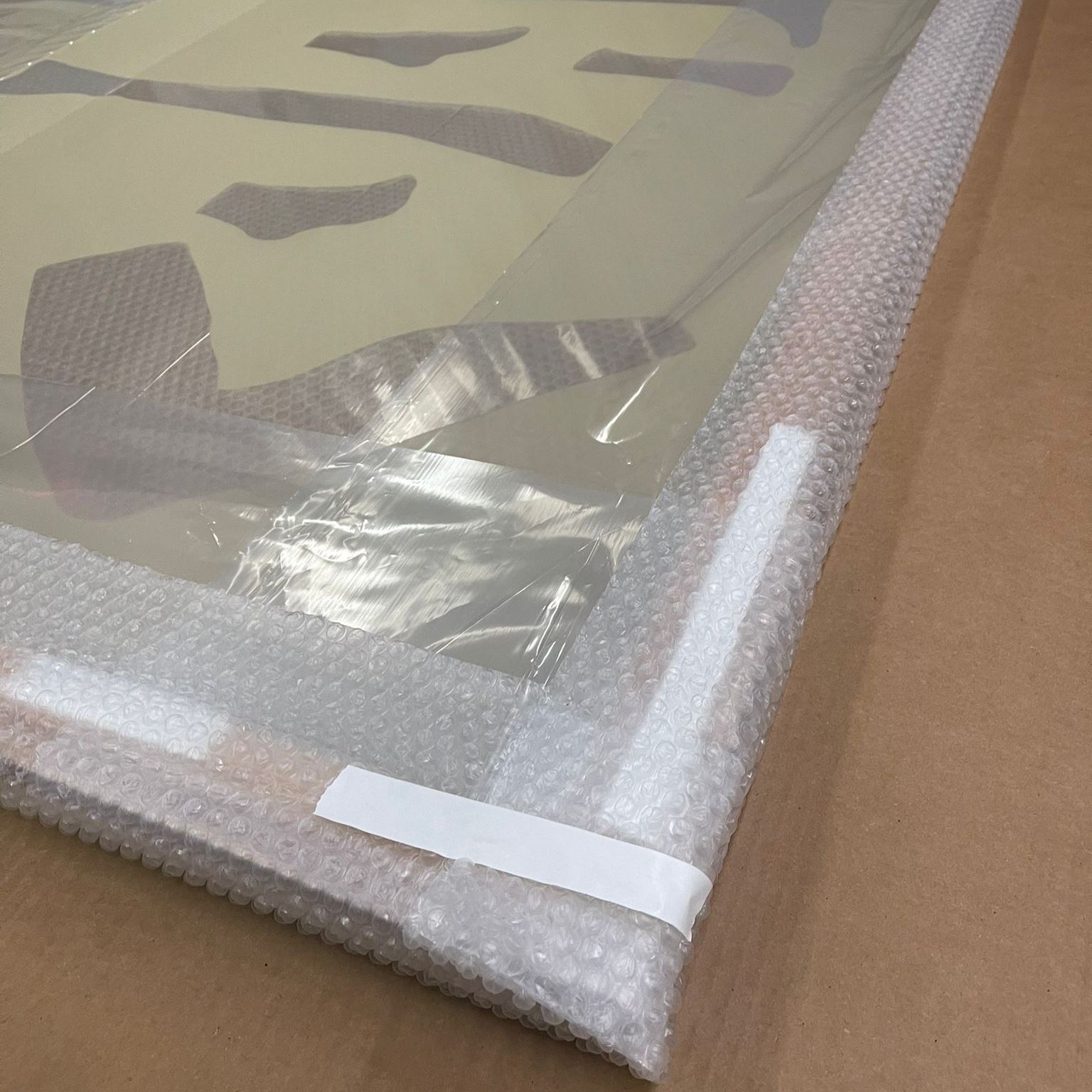
How do professional art handlers keep fragile works of art safe during long-distance transportation? First, they have extensive experience moving a large variety of objects, from sculptures, paintings, and prints to entire installations. Second, they always use proper materials, expertly matching them to the piece they are handling. They also know which art packing supplies to avoid at all costs. Today, let’s take a look at three materials you should never use when packing a painting for shipping.
Packing a Painting for Shipping? Avoid These Three Materials
Newspaper
Newspaper is often used by house movers to fill in gaps in boxes or even wrap objects. But is it really such a great solution? The thing is, the newspaper has ink that can transfer onto your unframed painting and ruin it. There are plenty of alternative options that are just as cost-efficient and do a better job of protecting your valuables.
Packing peanuts
Packing peanuts can be incredibly useful as space fillers in boxes, just like newspapers. However, they have several issues that make them a less-than-perfect solution for art packing. Packing peanuts have a thin oil coating that can transfer onto your valuables. Besides, packing peanuts can slide out of place and leave room for your painting to move around in its box, exposing it to dangers like vibration and shock.
Non-acid free plastic
While bubble wrap and kraft bubble are materials extensively used by art handlers, they should always be utilized mindfully. For example, putting non-acid-free plastic directly on the bare painting is never a good practice. Your art’s surface can oxidize if it comes in contact with plastic without any protective layer in between them. To prevent that from happening, only put plastic materials like bubble wrap over a sheet of special acid-free art plastic, tissue paper, or glassine paper.
What to use instead?
As a company with over twenty-five years of experience, Fine Art Shippers has developed a foolproof way of packing a painting for shipping. Remember to always protect your valuables from oxidizing by lining them with an acid-free material. After that, use bubble wrap to protect it from shock and vibration. Finally, a sturdy double-walled cardboard box filled with cushioning materials or an art shipping crate will keep your pieces safe from outside influences like moisture or extreme temperatures.
Never forget that there is no shame in asking for help from professionals. If anything goes wrong, Fine Art Shippers will be there to save your valuable collection.
